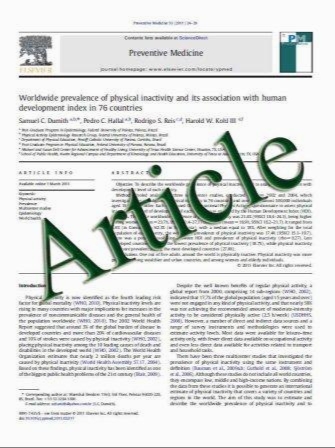High-resolution 3D non-contrast-enhanced, ECG-gated, multi-step MR angiography of the lower extremities: Comparison with contrast-enhanced MR angiography
- نوع فایل : کتاب
- زبان : انگلیسی
- مؤلف : Oliver K. Mohrs & Steffen E. Petersen & Martin C. Heidt & Thomas Schulze & Peter Schmitt & Sabine Bergemann & Hans-Ulrich Kauczor
- چاپ و سال / کشور: 2010
Description
Objective To determine the diagnostic value of non-contrastenhanced, 3D-high-resolution, ECG-gated, multi-step MR angiography (non-ceMRA) of the lower extremities using a modified turbo-spin-echo technique in comparison to 1.0-molar contrast-enhanced MR angiography (ceMRA) in patients with suspected peripheral vascular disease (PVD). Methods Fifty consecutive patients underwent non-ceMRA before ceMRA within the same session. We assessed examination time, image quality, localisation and severity of stenosis. Results Examination time was shorter for ceMRA (12± 4 min) compared with non-ceMRA (28±6 min, p<0.001). The image quality of the aorta-iliac, femoral and combined popliteal and lower leg arteries was inferior for non-ceMRA (2.8±0.8/3.3±0.8/3.3±0.9) versus ceMRA (4.7±0.8/4.8± 0.6/4.8±0.7) on a 5-point scale with 5 for maximum quality (p<0.01). CeMRA offered more assessable data sets than non-ceMRA (98% vs. 90%). For detecting stenosis >50% or occlusions of pelvic and femoral arteries using non-ceMRA the sensitivity, specificity, positive and negative predictive values were 94%, 86%, 67% and 98% and for popliteal and lower leg arteries 93%, 87%, 69% and 98%, respectively. Conclusion We demonstrated that 3D non-ceMRA represents a very promising technique in patients with lower extremities PVD and could be used as an alternative if gadolinium-based contrast agents cannot be administered.
Eur Radiol (2011) 21:434–442 DOI 10.1007/s00330-010-1932-2 Received: 24 May 2010 / Revised: 20 July 2010 / Accepted: 22 July 2010 / Published online: 13 August 2010


